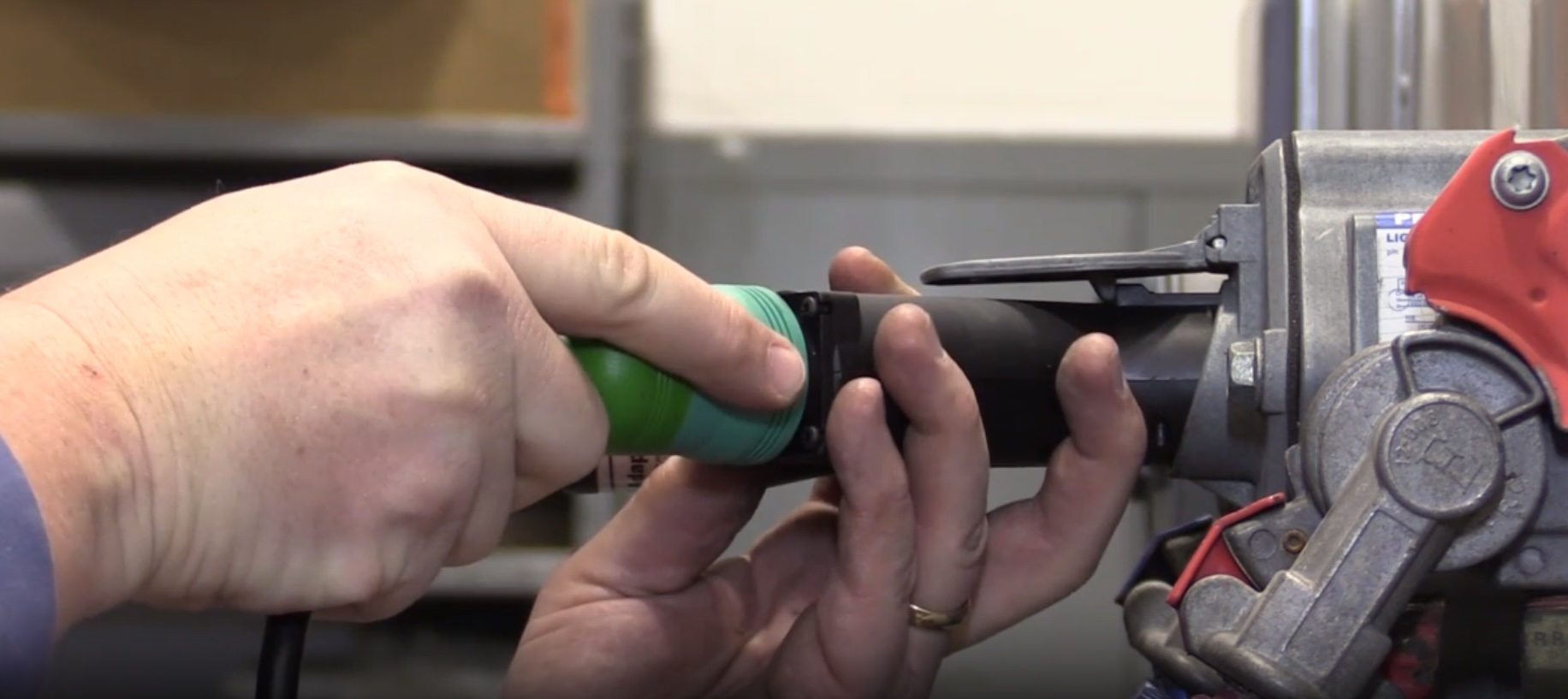As 2008 model year vehicles hit the road, motorists will find they are equipped with tire pressure monitoring systems (TPMS) that illuminate an on-dash warning light when the pressure in one or more tires is low. However, AAA warns motorists that the TPMS should not replace monthly tire pressure checks.
Federal law mandates that all 2008 and newer vehicles must be equipped with a tire pressure monitoring system. However, the systems are calibrated not to trigger the warning light until a tire is at least 25 percent under inflated — well below the pressure required for safe driving.
According to a recent survey by the Rubber Manufacturers Association, 40 percent of motorists said if their vehicle was equipped with a tire pressure monitoring system, they would either never check their tire pressures or would check them only if the dashboard warning light came on. More than two-thirds said they would be less concerned with routinely maintaining their tires if their vehicle had a TPMS.
"It’s extremely important that motorists do not wait until the warning light comes on to check their tires’ pressure," said John Nielsen, director, AAA Approved Auto Repair Network. "If a tire is losing pressure from a slow leak, a motorist could drive on an under-inflated tire for weeks or even months before the warning light comes on. Under-inflated tires cause poor handling, increased stopping distances, reduced fuel economy and premature tire wear. What’s more, a heavily-loaded and under-inflated tire could overheat and blow-out, leading to a possible loss of vehicle control and a crash. AAA strongly recommends that motorists continue to check their tires’ pressure at least once a month to ensure their driving safety as well as those around them."
Sensing Low Tire Pressure
Two types of tire pressure monitoring systems are used on new vehicles — direct and indirect sensing. Direct-sensing systems are the most accurate and use a sensor inside each tire to detect the pressure to within one pound per square inch (PSI). Most direct-sensing TPMS can read out the tire pressures on a dash display, eliminating the need for motorists to use a traditional gauge to check tire pressures. However, it’s important that motorists consult the tire information decal or owner’s manual of their vehicle to find out what the correct tire pressures should be. AAA recommends motorists whose cars have direct-sensing TPMS check the on-dash readout monthly for decreased pressure. Even with direct-sensing systems, the warning light will not illuminate until a tire is 25 percent or more under inflated.
Indirect-sensing systems do not monitor the actual pressure in each tire and are therefore less sensitive than direct-sensing systems. Instead, indirect-sensing TPMS monitor the anti-lock brake system wheel speed sensors to identify when one tire is significantly under inflated compared to the others. A tire with low pressure has a lower profile and therefore rotates faster than a properly inflated tire.
Like all TPMS, indirect-sensing systems will not turn on the tire pressure warning light until one tire is under inflated by at least 25 percent. However, because indirect-sensing TPMS monitor relative tire speed rather than absolute tire pressure, they will not detect low tire pressures at all if all four wheels deflate equally. AAA recommends motorists use a gauge to check tire pressures monthly for under inflation.
Importance of Pressure
Maintaining proper tire pressures is key to safe and efficient vehicle operation. AAA research shows one in every three cars has a significantly under-inflated tire, and the National Highway Traffic Safety Administration tells us that 660 fatalities and 33,000 injuries occur every year as a result of low tire pressure-related crashes.
Driving on under-inflated tires is:
• Unsafe. Under inflation causes tires to build excessive heat that can damage tires over time and lead to failure. It can also degrade handling precision and increase stopping distances.
• Not fuel efficient. For every one PSI pressure drop in all four tires, gas mileage is reduced approximately 0.4 percent.
• Increasing tire wear. Under-inflated tires wear unevenly, reducing the life of the tire and requiring more frequent tire replacement.
Time to Check is Now
As cooler weather rolls in, it’s extra important for motorists to check their tire pressures. Tires typically lose one to two PSI for every 10 degree drop in outside air temperature. Motorists who want to know more about their vehicles’ TPMS, or have questions on how to properly check tire pressures, can visit a local AAA Approved Auto Repair facility for assistance. AAA Approved Auto Repair facilities are located across North America. To find a facility near you, visit the automotive page of AAA.com.

